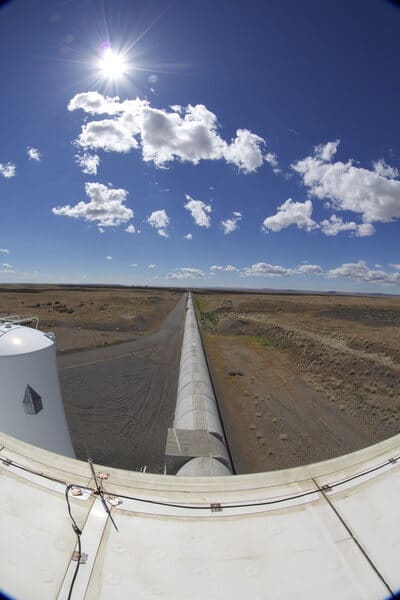tatement from National Science Foundation Director France Córdova regarding news that, after a series of upgrades, researchers have reactivated the twin detectors of the Laser Interferometer Gravitational-Wave Observatory (LIGO), and resumed the search for ripples in the fabric of space and time known as gravitational waves.
“The last time scientists from the NSF-funded Laser Interferometer Gravitational-wave Observatory (LIGO) searched for gravitational waves, they succeeded. They detected gravitational waves from merging black holes 1.3 billion light years away. Researchers devoted more than 40 years to get to this point, and the National Science Foundation — I’m proud to say — was there all along the way, providing critical support to make this scientific achievement possible. Today, that journey continues. Already LIGO has exceeded our expectations, and, like most of the scientific world and beyond, I am excited to see what a more sensitive, upgraded LIGO will detect next.
“The significance of this expanding ‘window to the universe’ cannot be stressed enough, as it will illuminate the physics of merging black holes, neutron stars and other astronomical phenomena that cannot be reproduced in a laboratory setting. The world waits with eager anticipation of what we will see and learn next, all because of the long-range vision and skills of hundreds of researchers around the world.”

